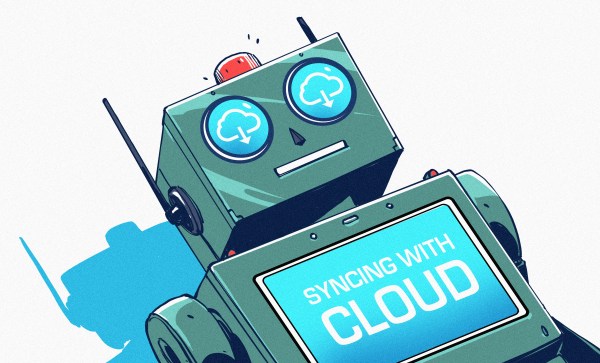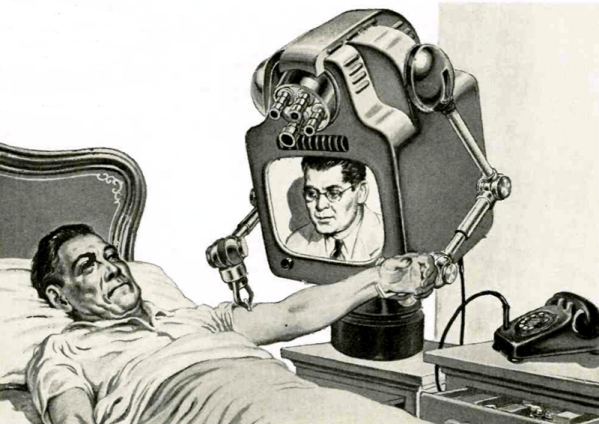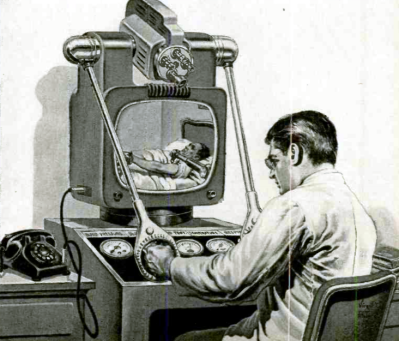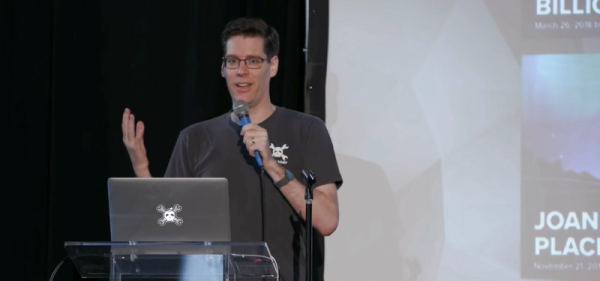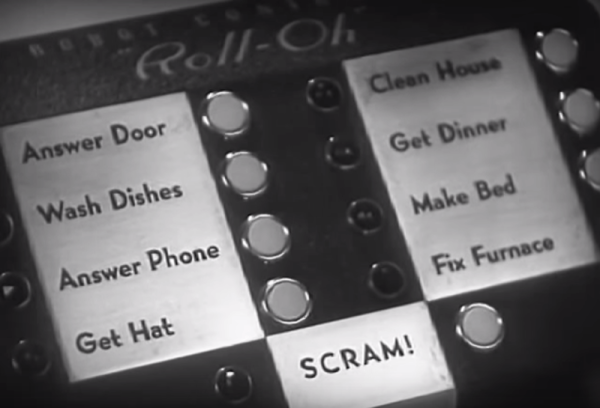Writing for Hackaday involves drinking from the firehose of tech news, and seeing the latest and greatest of new projects and happenings in the world of hardware. But sometimes you sit back in a reflective mood, and ask yourself: didn’t this all used to be more exciting? If you too have done that, perhaps it’s worth considering how our world of hardware hacking is fueled, and what makes stuff new and interesting.
Hardware projects are like startup fads

Hardware projects are like startup fads, they follow the hype cycle. Take Nixie clocks for instance, they’re cool as heck, but here in 2024 there’s not so much that’s exciting about them. If you made one in 2010 you were the talk of the town, in 2015 everyone wanted one, but perhaps by 2020 yours was simply Yet Another Nixie Clock. Now you can buy any number of Nixie clock kits on Ali, and their shine has definitely worn off. Do you ever have the feeling that the supply of genuinely new stuff is drying up, and it’s all getting a bit samey? Perhaps it’s time to explore this topic.
I have a theory that hardware hacking goes in epochs, each one driven by a new technology. If you think about it, the Arduino was an epoch-defining moment in a readily available and easy to use microcontroller board; they may be merely a part and hugely superseded here in 2024 but back in 2008 they were nothing short of a revolution if you’d previously has a BASIC Stamp. The projects which an Arduino enabled produced a huge burst of creativity from drones to 3D printers to toaster oven reflow and many, many, more, and it’s fair to say that Hackaday owes its early-day success in no small part to that little board from Italy. To think of more examples, the advent of affordable 3D printers around the same period as the Arduino, the Raspberry Pi, and the arrival of affordable PCB manufacture from China were all similar such enabling moments. A favourite of mine are the Espressif Wi-Fi enabled microcontrollers, which produced an explosion of cheap Internet-connected projects. Suddenly having Wi-Fi went from a big deal to built-in, and an immense breadth of new projects came from those parts. Continue reading “Ask Hackaday, What’s Next?”


